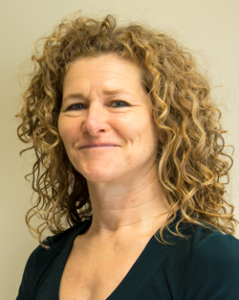There are thousands of people in Canada who are in a serodiscordant relationship, yet we know very little about their experiences and needs
17 janvier 2017 • Par James IveniukMarcus and David have been dating for three years. Marcus is HIV-positive and David is HIV-negative. David was worried when he told his parents that his new partner was HIV-positive, but after they saw how happy Marcus makes him, they have welcomed Marcus into their lives. At the same time, they still worry that their son may become infected. Faith is living with HIV, and her partner, Scott, is HIV-negative. Faith often finds herself having to educate Scott on what she has to do to manage her condition and Scott has had difficulty understanding because information changes quickly. They fight...






